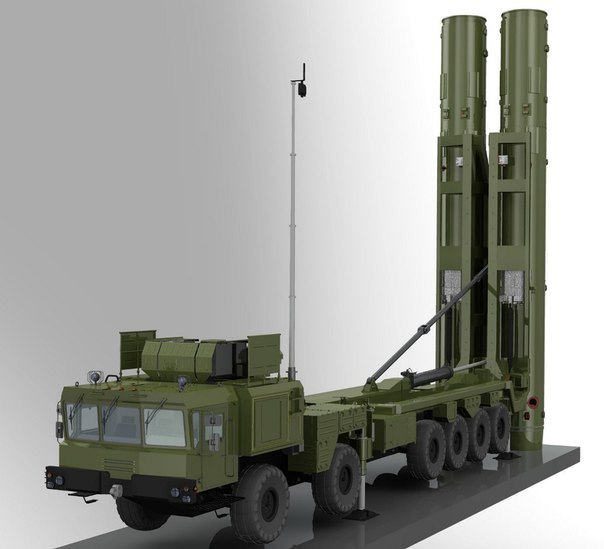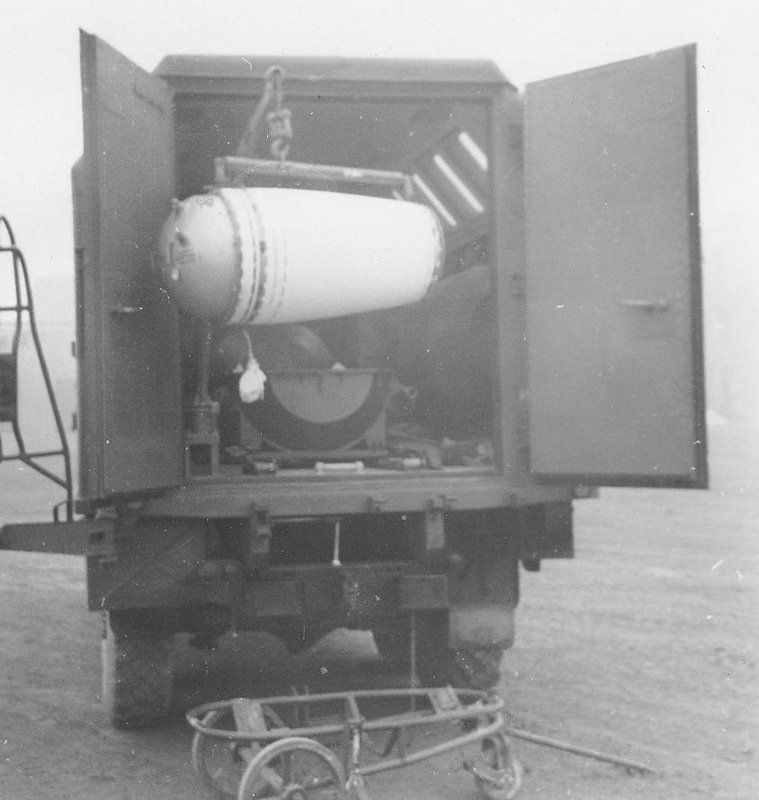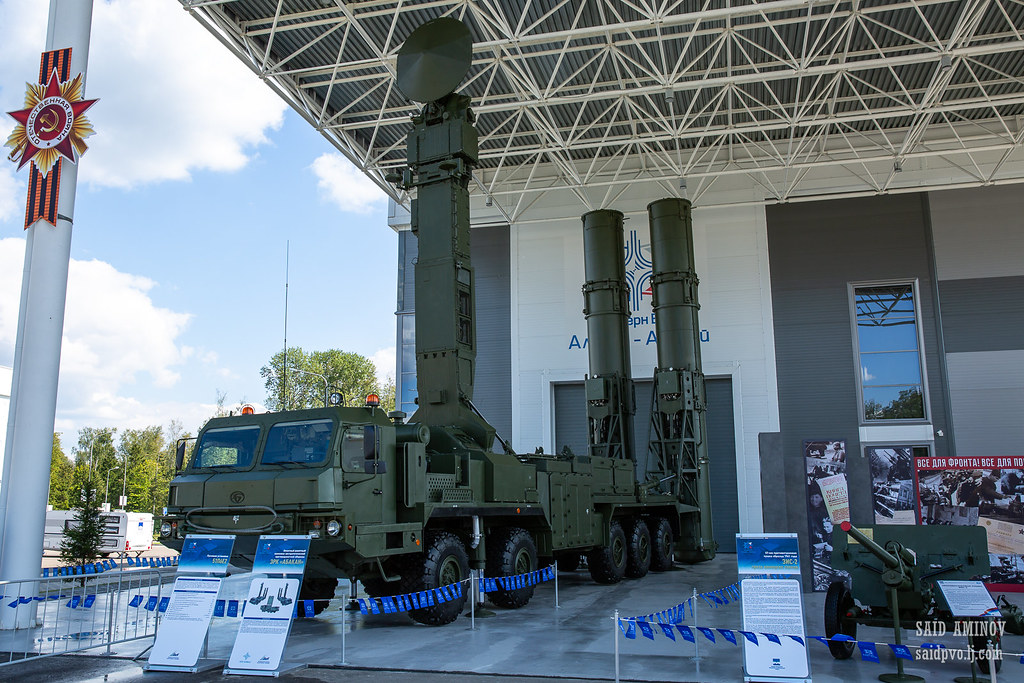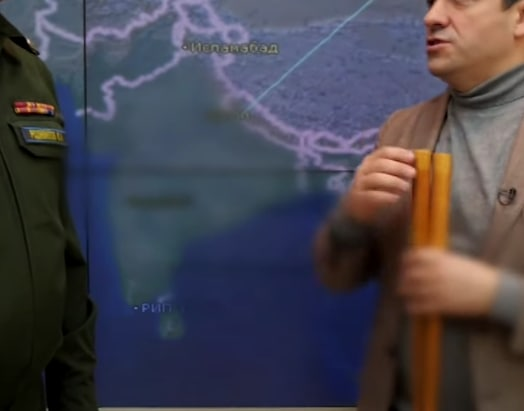
Not that I was asked, but I have some prepared points on Russian missile defense and can't keep myself silent.
Mega-thread incoming!
(Also expect some crazy schemes)
1/
Mega-thread incoming!
(Also expect some crazy schemes)
1/
https://twitter.com/shashj/status/1373597656912629762
A disclaimer: unlike the US we do not have a Missile Defense Agency, but what we have is a concept of joint Air-Space defense, which includes air defense, missile defense, space forces, early warning, and Moscow ABM system, among others.
2/
2/

In terms of strike systems we have upgraded interceptor for the Moscow ABM system, and future S-500 and Nudol’ mobile surface-to-air missiles, with the latter, per some sources, having a rather serious ASAT capability as well (which is not that surprising).
3/

3/


S-300V family of Ground Forces Air Defense systems is believed to be quite capable as a regional missile defense system.
(Big fan)
4/

(Big fan)
4/


One of the major questions is how mature is the hit-to-kill technology in Russian interceptors. There were statements about it being developed, an tested, but nothing that can serve as a proof.
5/
5/

So the regular type of warhead for interceptors is smth that can be translated as “high explosive with directed field of fragments”. And, of course, nuclear warheads are still considered an option, although those are in central storages.
6/

6/


As for sensors - modern and next gen EW/SPRN radars (Voronezh and future Yakhroma series) might have some capabilities as part of MD, but, anyway, EW, space control and missile defense information is obtained in shared jointly. At least, this is what is claimed.
7/

7/


There is a serious focus on non-ballistic threats, like cruise and aeroballistic, and hypersonic, missiles. Again, the capabilities might be not that "proved", but at least something is tested, including during major field exercises.
8/

8/


On sub-strategic missile defenses there were reports that concept is developed, to cover cities, infrastructure and military formations. Given the death of the INF treaty, this work is becoming more important, new S-300V units are established at the Russian FE.
Also, Abakan.
9/

Also, Abakan.
9/


So the bottom line is: yes, there are missile defense-related developments in Russia.
But those remain relatively modest, and hardly undermine the chances of UK Tridents to take out Moscow.
10/10
But those remain relatively modest, and hardly undermine the chances of UK Tridents to take out Moscow.
10/10

Bonus content: great thread by my bro @krakek1
https://twitter.com/krakek1/status/1373609509126561794?s=19
• • •
Missing some Tweet in this thread? You can try to
force a refresh













